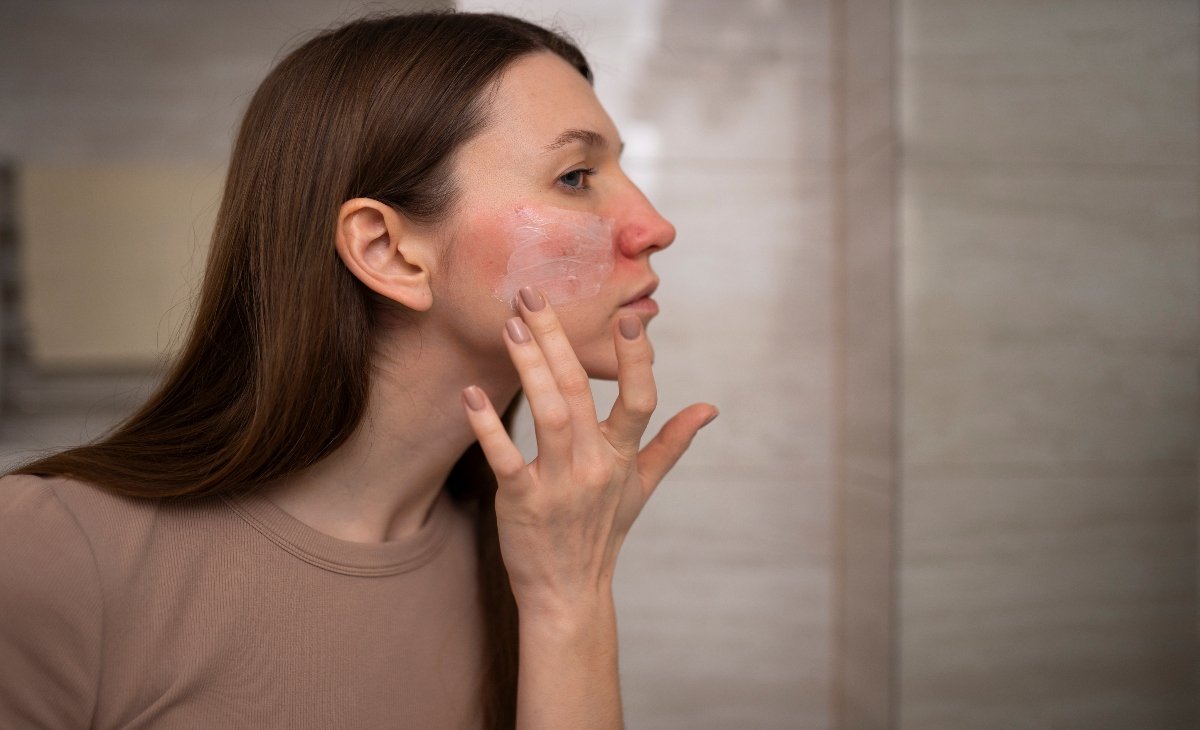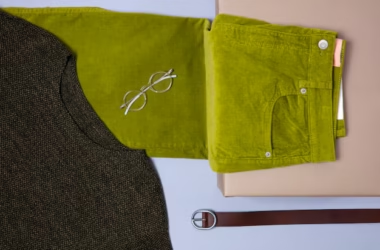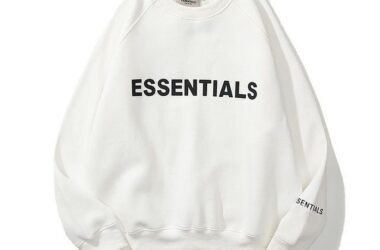The monsoon season brings a breath of fresh air after a long, hot summer—but for your skin, it’s a whole new challenge. If you’ve noticed more pimples, clogged pores, or greasy skin during rainy days, you’re not alone. Oily and acne-prone skin often acts up during monsoon because of the excess humidity, pollution, and sweat. But are you treating it right?
There are many myths floating around when it comes to breakouts in the rainy season. Let’s separate myths from facts, so you can protect your skin and maintain that glow—even in gloomy weather. And along the way, we’ll show how smart product choices like a niacinamide serum and a moisturizer for oily skin can keep breakouts at bay.
Myth 1: “Rainwater is pure, so it won’t harm my skin.”
Fact: Rainwater might seem clean, but it isn’t always skin-friendly.
When it rains, pollutants from the air mix with water droplets, especially in urban areas. This polluted water can settle on your skin, clog pores, and increase inflammation—especially if you’re acne-prone. Combine that with sweat and oil, and your skin becomes a breeding ground for bacteria.
Quick Fix: Always cleanse your face after getting caught in the rain, and use a gentle face wash that removes dirt without over-drying.
Myth 2: “You don’t need a moisturizer in humid weather.”
Fact: Skipping moisturizer can actually make your skin oilier.
In humid weather, your skin may feel greasy, but that doesn’t mean it’s hydrated. Dehydrated skin will overproduce oil to make up for the dryness, leading to clogged pores and more breakouts. That’s why using the right moisturizer for oily skin is key.
Look for a lightweight, oil-free formula that hydrates without clogging pores. These types of moisturizers maintain your skin’s water balance, support the barrier, and prevent excess oil production.
Tip: Apply your moisturizer on slightly damp skin to help lock in hydration better.
Myth 3: “Washing your face multiple times a day will keep pimples away.”
Fact: Over-cleansing damages your skin barrier and causes more breakouts.
While it’s tempting to wash your face every few hours to remove sweat and oil, doing it too often can backfire. Over-cleansing strips your skin of essential oils, dries it out, and makes it produce more sebum—leading to breakouts.
Healthy Habit: Cleanse your face twice a day—morning and night—and after sweating heavily or being in the rain. Stick to a mild, non-stripping cleanser.
Myth 4: “Acne in monsoon is only because of oily skin.”
Fact: Breakouts during monsoon have multiple causes—humidity, pollution, bacteria, and poor skincare habits.
While oily skin is more prone to breakouts, that’s not the only reason you’re seeing more pimples during monsoon. Fungal acne from sweat, clogged pores due to dirt and dead skin, and even the wrong products can trigger flare-ups.
That’s why monsoon acne needs a well-rounded approach that:
- Controls excess oil
- Calms inflammation
- Strengthens the skin barrier
- Hydrates without clogging pores
Myth 5: “You only need spot treatments for pimples.”
Fact: Spot treatments help, but they don’t prevent new breakouts.
Most spot treatments work on drying out existing pimples. But to actually reduce acne over time, you need ingredients that target the root causes, not just the symptoms. That’s where niacinamide serum comes in.
A niacinamide serum is a game-changer for oily, acne-prone skin:
- Reduces oil production
- Minimizes pore appearance
- Fades post-acne dark spots
- Calms redness and inflammation
- Improves skin barrier strength
It’s gentle enough for daily use, and layering it under your moisturizer can give your skin lasting clarity.
Myth 6: “You don’t need sunscreen on cloudy or rainy days.”
Fact: UV rays still reach your skin through clouds and windows.
Many people skip sunscreen during monsoon because it’s cloudy or drizzling. But UVA rays, which are responsible for long-term skin damage and pigmentation, penetrate clouds—and even glass.
Wearing sunscreen is essential to prevent dark spots, acne marks from getting darker, and premature aging. Choose a lightweight, non-comedogenic sunscreen that works well with oily skin.
Myth 7: “Natural DIYs are safer than skincare products during monsoon.”
Fact: Not always. Some DIY ingredients can irritate or worsen acne.
While homemade face packs can be fun, not every kitchen ingredient is safe for acne-prone skin. Lemon juice can cause burns, baking soda can disrupt pH, and scrubs made with sugar or salt can create micro-tears.
If you’re serious about clear skin, trust clinically backed ingredients like niacinamide, centella (cica), salicylic acid, or zinc. These ingredients are formulated at the right concentrations and pH levels to be both safe and effective.
Monsoon Skincare Routine for Acne-Prone, Oily Skin
Here’s a simple routine to help you avoid monsoon breakouts:
Morning
- Cleanser – Gentle, sulfate-free face wash
- Niacinamide serum – Apply 2–3 drops to clean, damp skin
- Moisturizer for oily skin – Lightweight, gel-based formula
- Sunscreen – Oil-free, matte finish SPF 30+
Evening
- Cleanser – Same gentle formula to remove grime
- Niacinamide serum – Use again to target pores and calm skin
- Oil-free moisturizer – Repair and hydrate overnight
Final Thoughts
Breakouts during the monsoon are common, but they’re not unbeatable. What often makes the difference is understanding what’s really causing your acne—and not falling for myths that do more harm than good.
With the right skincare products like a niacinamide serum and a moisturizer for oily skin, you can control oil, prevent clogged pores, fade marks, and protect your skin barrier. Pair them with good hygiene and sun protection, and your skin can stay healthy, calm, and glowing—even through the stickiest monsoon days.
Rain or shine, your skin deserves consistent care. Bust the myths, trust the science, and let your glow do the talking this season.








